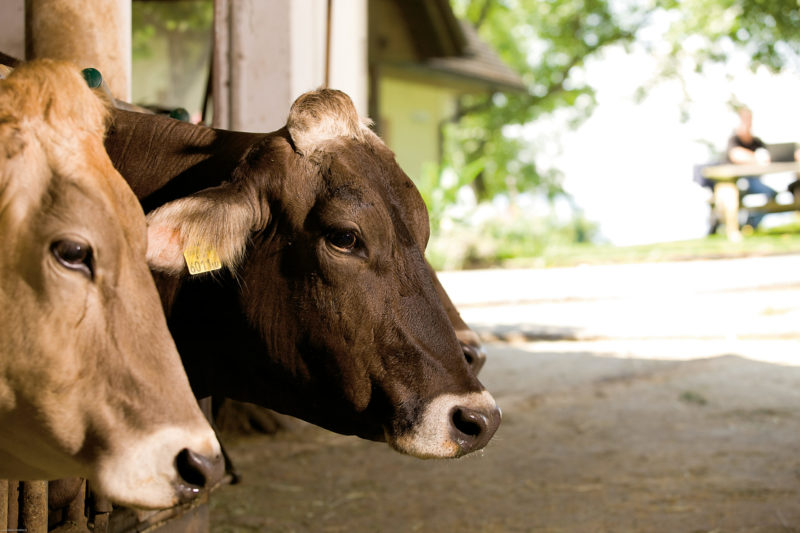Until now, the amount of residual feed in feed silos has usually been recorded visually or by means of tapping by the farmer. As a result, the actual amount in polyester silos is often difficult to estimate and feed stock can come to an end surprisingly quickly. This is why the Agro Innovation Lab is working with Garant Tiernahrung from Pöchlarn to test a range of systems that will enable the monitoring of silo fill levels and thus prevent nasty surprises and empty feed troughs.

The direct incorporation of sensors into the feed silo at the farm enables helpful information about the fill level of the feed supply to be obtained. In the past, measurement technology that enables refilling processes to be controlled on time or even automatically has been expensive to purchase and complicated to install and commission. The latest developments focus on simple commissioning and affordable purchase, while also ensuring the quality of the measured values. Most importantly, the essential and useful information is not the kilogramme-precise recording of the feed supply but, rather, a prediction of the next necessary delivery time.
There are various approaches to recording the fill level in the silo. On the one hand, the weight can be determined by special sensors at the base of the silo; these strain gauges react to the minimal deformation of the metal as the supply hopper is loaded or unloaded. On the other hand, the fill level can be determined from above by radar-based devices. There are also different ways of transmitting the measured value to the cloud, where this information is processed. Most devices transmit the data to the cloud via mobile radio, while others use the so-called 0G network, which is also known as the Sigfox standard. The transmission of the measured values via WLAN appears to be less suitable for this application because, although some farms have such an internet connection in the barn, this is rare in the vicinity of the silos. Often, there is also no power supply at the feed silo, as a result of which the sensors have to depend upon long-life batteries that can provide reliable measurement and transmission of the level for as long as possible.
All these details and different designs need to be evaluated before a simple, low-maintenance and reliable practical solution can be offered to farmers. We are thus evaluating these technologies as part of a practical trial in order to be able to make recommendations for future systems.
Foto (c) RWA, Garant
